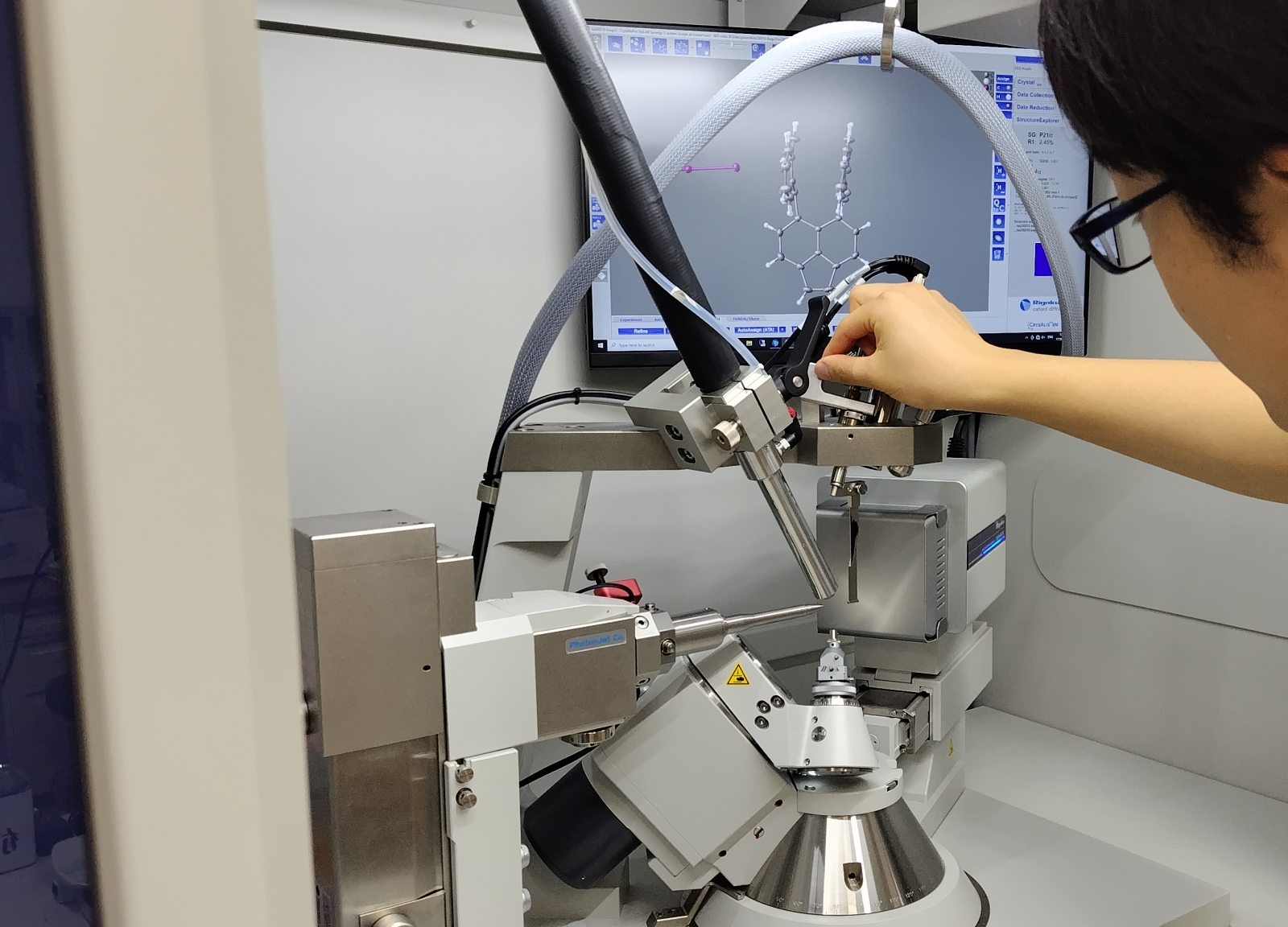The vaccine against seasonal influenza is called trivalent, because it contains viruses representing three influenza strains: one A/H1N1, one A/H3N2, and one B. the single B-lineage antigen included is the one that is predicted to circulate in the related season. However, this means that some mismatch between the B antigen in the vaccine and the B antigen actually circulating may occur, this being a problem since cross-protection by immunization against the other lineage is expected to be low.
In order to minimize such mismatch, the Advisory Committee on Immunization Practices of the Centers for Disease Control and Prevention (CDC) and the World Health Organization (WHO) suggested using quadrivalent vaccines that include both influenza B virus antigenic lineages, called Victoria and Yamagata. A study published on Vaccine estimated the benefit that a quadrivalent vaccine could bring compared to a trivalent one, concluding that the additional protection provided by including a second lineage of influenza B could result in a modest reduction in influenza-associated outcomes.
Another study, published on the New England Journal of Medicine, evaluated the efficacy of a candidate inactivated quadrivalent influenza vaccine in children 3 to 8 years of age. Their results provided evidence that the quadrivalent vaccine tested prevents influenza associated with the A/H1N1, A/H3N2, and B Victoria strains individually. The low number of B Yamagata confirmed infections did not allow to properly estimate the efficacy of the vaccine against this strain but the immune response was high enough to suggest a similar efficacy against other strains.



